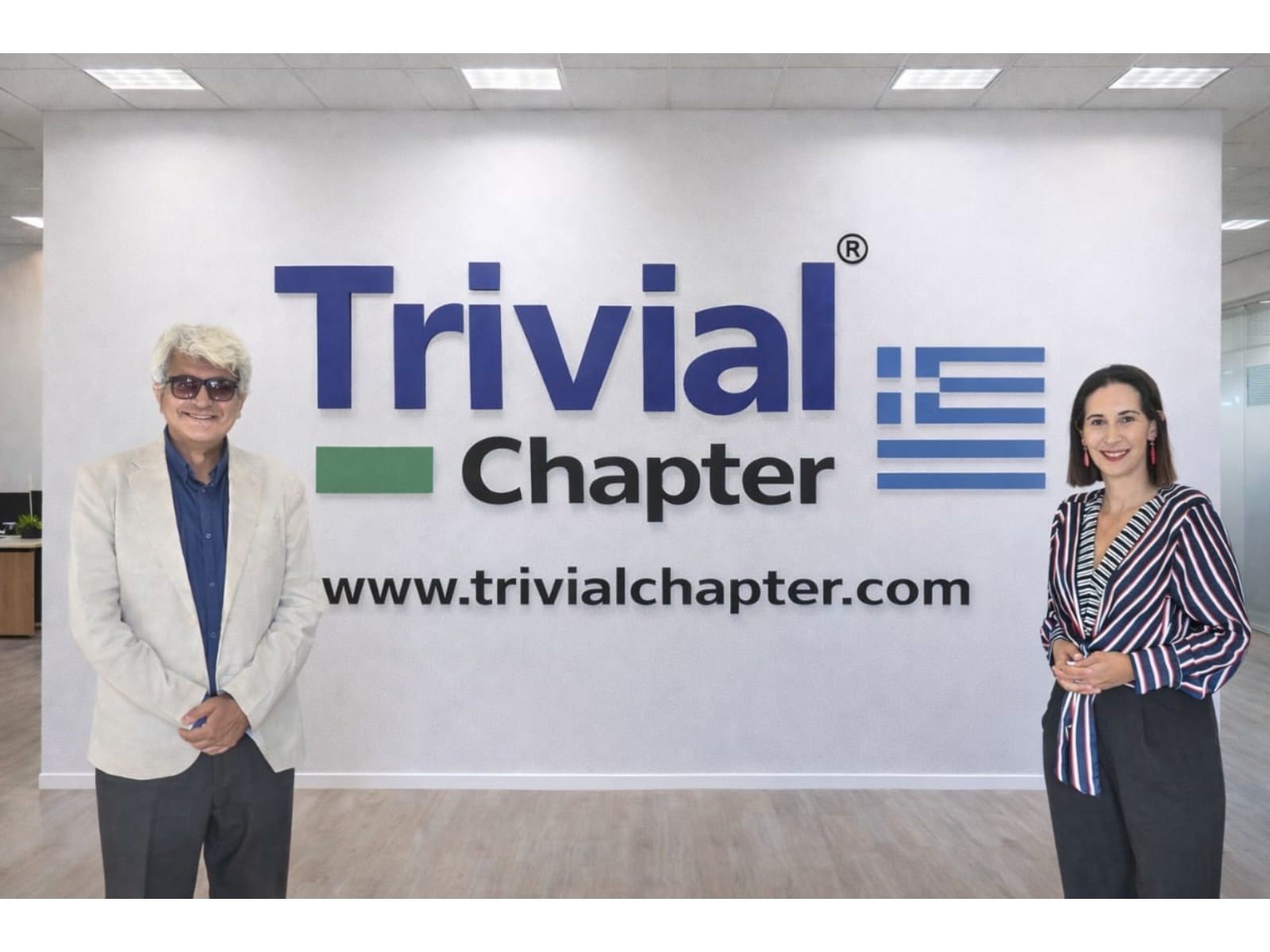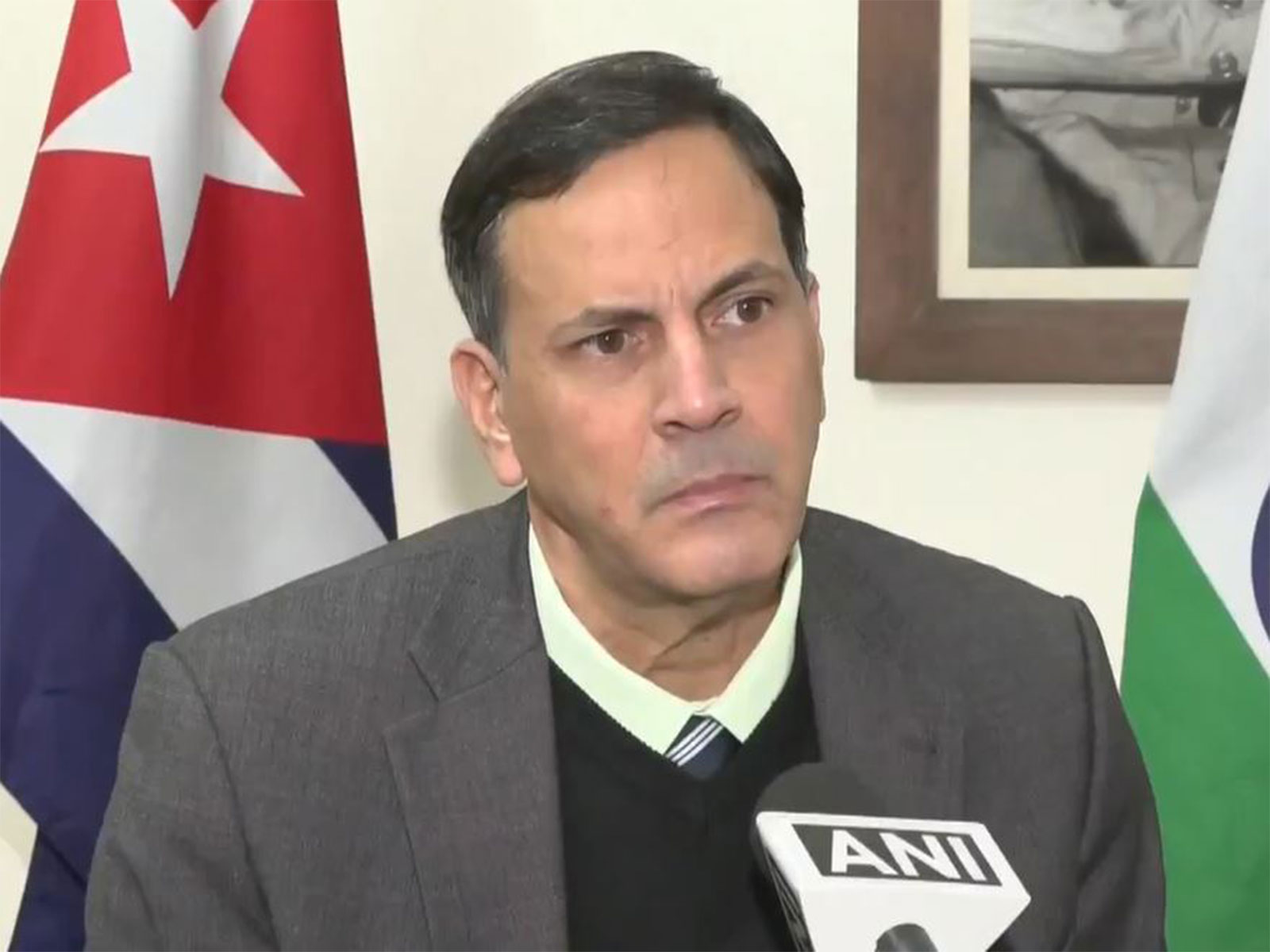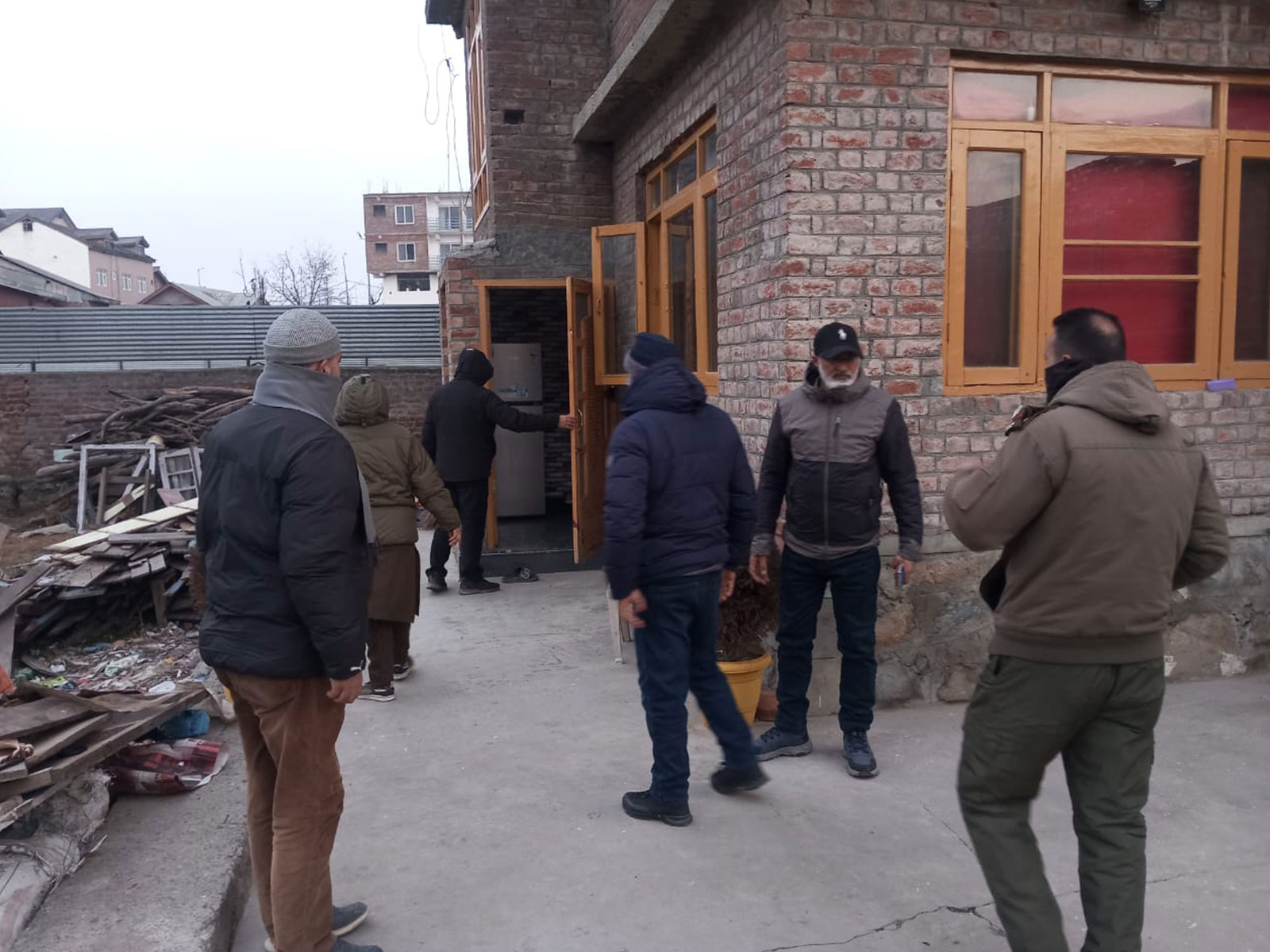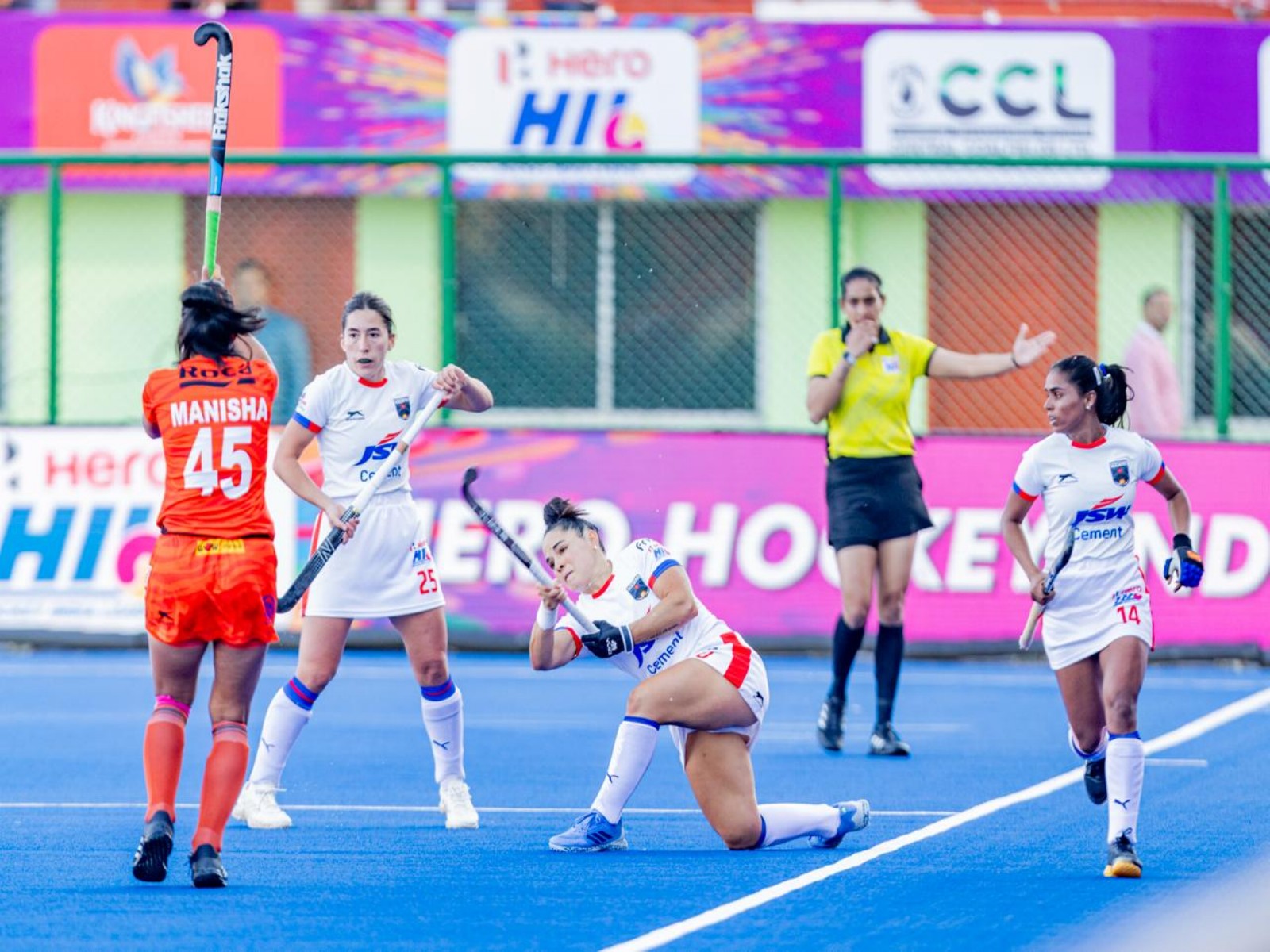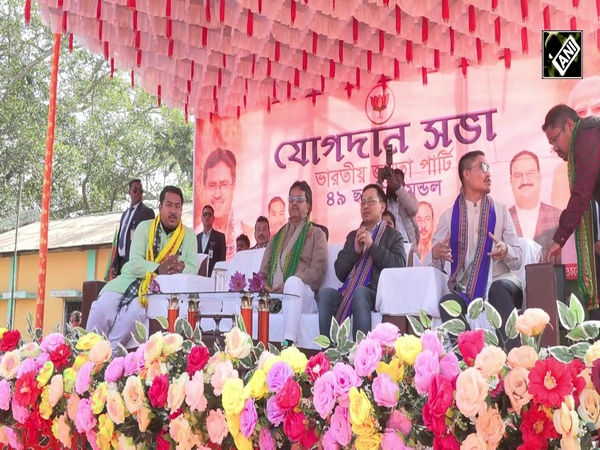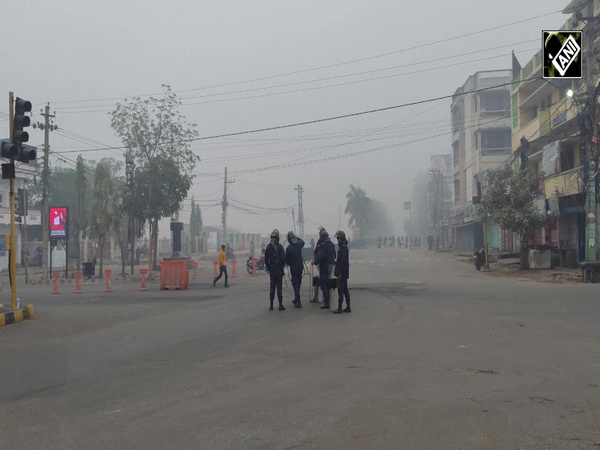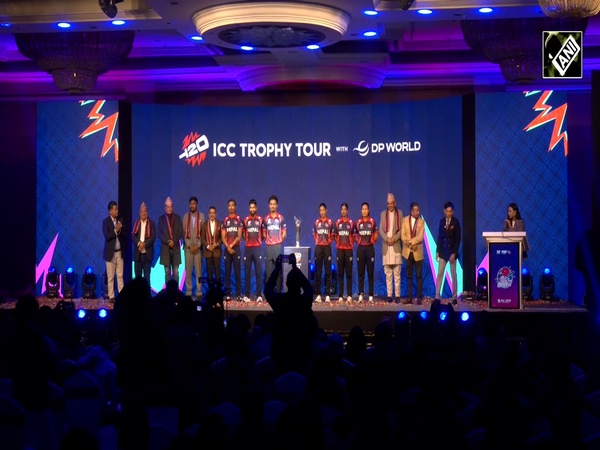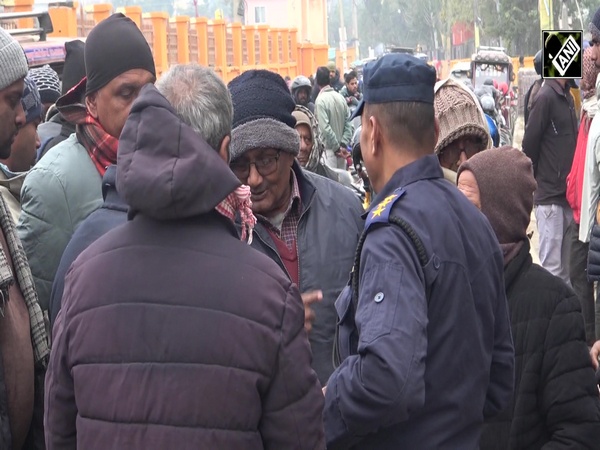Alarm Fatigue: A Hazard That Needs to be Reduced or Addressed with mHealth Tech!
Jul 20, 2023

ATK
New Delhi [India], July 20: Continuous beeps every time that can desensitize or overwhelm caregivers are no more than a catastrophe in the healthcare industry.
Right, isn’t it?
Those who work for healthcare organizations are already aware of how irritating it feels to get endless bells from innumerable devices. Fortunately, some tech-oriented solutions have arrived that will help beat this challenge efficiently and improve the productivity percentage of nurses.
Want to get a complete insight into Alarm Fatigue and how mhealth technology can help you turn this hazard into an opportunity?
Dive deep into the post and quench your thirst for how mHealth tech can reduce this common obstacle. Even the fitness industry is turning huge and accessible with the amalgamation of tech and deriving their own solutions while taking support from the top
like Techugo.
If everyone is doing this, what stops you?
Start building an app or digital solution today that minimizes the faults with alarm fatigue, but before that, don’t forget to read this whole guide for complete insight.
Now, let’s get started!
Alarm Fatigue in Healthcare Sector
No matter which hospital you visit, almost each of their devices, like beds, pulse oximeters, infusion pumps, patient monitors, and sequential compression, are equipped with visual and auditory alarms.
However, the role of these alarms is to improve the patients care, enhance healthcare services, and alert nurses about patient vital sign abnormalities, but their constant use, even when there are no such serious issues, can lead to poor decision-making, low-quality medical facility, and disturbance in the workflow.
As the frequency of alarms used in the healthcare sector increases, alarm fatigue has become an essential issue that needs to be resolved. And how we can cope with it while utilizing a digital solution incorporating cutting-edge technologies.
What Makes Alarm Fatigue a Serious Problem in Healthcare?
Do you know that nurses and caretakers in healthcare organizations are bombarded with thousands of alarms daily, among which only 1% are critical and valid?
But these healthcare caregivers cannot recognize that 1% and show desensitivity to alarm signs.
Not just it adds to alarm fatigue, but also degrades healthcare practices. Among all the false calls these practitioners have received, it is rare to identify the right one. It acts like “The Boy Who Cried Wolf,” who pretended to be attacked by Wolf for some guilty pleasure, and at last when the Wolf attacked him in reality, no one came to his rescue, and he was killed.
Why this example is brought to you because the continuous beeps of alarms can irritate anyone, whether they are villagers or caretakers of hospitals, and indeed, the probability of ignoring the right call and patient can go high.
The constant alarm noises can lead to the worst-case scenarios where they feel overloaded with work even when it does not exist. It also leads to ignorance toward patients who require checkups and care.
Why is Alert Fatigue on the Rise?
We will only cope with Alert Fatigue after learning the causes that shape its birth. So, are you ready to move with us and explore the reasons for desensitivity among nurses and caregivers?
If yes, just read ahead:
1. Bad Habits
We tend to ignore the things that keep disturbing our peace of mind. When nurses are provided with various alerts, they stop paying attention to them because of their habits and past experiences with patients having no critical issues, and still, they are creating beeping sounds.
This compels them to put negligence towards their patients, and it turns out to be a habit soon. Critical alarms lose the significance they deserve among all other rings just for fun.
2. Outdated SIEM Technology
Yes, it was a tremendous technology two decades back, but not today. Do you know why?
Because it is inefficient to deal with the huge amount of data flowing and does not compatible with managing the terabytes of data that various enterprises generate. Most healthcare organizations today rely on SIEM technology instead of upgrading their system software with cutting-edge technology solutions; that is another reason for more alert fatigue.
So, neglect the conventional norms and update them with more advanced, dynamic, and robust technologies that will help nurses find the right alert and patient who needs care and checkups.
Don’t look any further, just book a consultation with the top
and prepare for a remarkable win.
3. Overload
SOC or Security Operations Center team considers the use of multiple applications and tools that are not properly integrated with each other and take a lot more time to analyze information to determine which is possibly a threat.
Within seconds, alerts come, that means the members must respond rapidly after identifying the real ones. However, as it takes longer, the patient who requires rapid treatment can lose in the crowd.
4. Occasional Breaks
With the onset of Covid-19, we learned how hard it is for healthcare professionals to check on their patients. Whether they are nurses, doctors, practitioners, caretakers, etc., everyone rarely goes on a break, which adds more fatigue mentally and physically, and in search of some peace, they tend to ignore the calls.
However, the situation can change when everyone is offered time to enjoy their breaks without worrying about workloads.
Small changes can lead to more significant achievements, and this change has various possibilities to ensure a win-win for both patients and doctors.
How can Technology Avoid Alarm Fatigue and Increase Patient Safety?
Until now, we have learned how alarm fatigue can threaten the healthcare organization and cause desensitization among nurses, which leads to missed alarms or delayed responses.
But every problem has a solution.
And the same concept is followed in alarm fatigue as well. Here is everything you should follow to fight against this hazard in the medical world. So, let’s just learn together!
1. Blockchain
Do you know how collaborative alert sharing is possible?
When you include blockchain-based solutions in your healthcare practices, there is a cent percent chance that you can reduce alert fatigue.
Blockchain is a trending technology that everyone worldwide has aware of. Its distributed ledgers have all the capabilities that can turn some challenges into opportunities no matter which industry they belong to.
Using blockchain-based CDSS (Clinical Decision Support System) with smart contracts will eliminate irrelevant alerts easier, reduce provider burnout, decrease healthcare costs, and enhance patient outcomes.
Jaw-dropping, isn’t it?
2. Artificial Intelligence
What AI offers is never hidden from us.
Most entrepreneurs across all industries favor integrating Artificial Intelligence for the benefits it brings upfront.
That’s not it!
But you can also reduce the alarm signals from 99% to 1%, including only relevant and clinically significant. From administrative and routine tasks to health monitoring and digital consultations, AI has digitized the healthcare industry in a more enhanced and robotic way.
Want to learn more about AI’s influence on the healthcare industry?
Speak to some top-notch experts of Techugo, a leading healthcare app development company in India.
3. Cybersecurity
Another way to deal with alarm fatigue is the implementation of cybersecurity. Here is everything you need to know about how cybersecurity can help you differentiate the right alarms from the false ones.
● It breaks up workloads while rotating tasks between alarms and reporting.
● Lets you follow the alarm management policy that defines and shapes the tuning.
● Helps to provide newly added alerts to suitable patients in real-time.
● Utilizing machine learning and cybersecurity together can not only mitigate cyber threats but also help in visualizing alerts that enhance response times and investigation speeds.
● Prefers blocks of time for reporting tasks and different alerts.
4. Machine Learning
Yes, machine learning can also help you develop a sophisticated CDSS that decreases the counts of alert fatigue. While predicting physician responses, ML can make the whole healthcare world go gaga with its ability to provide insights into enhanced alert systems.
Isn’t it great that we have a solution for every problem today, and the technologies like machine learning, artificial intelligence, blockchain, and others deserve the whole credit?
Make it a Great Impact with Tech-Centric Solution by Techugo!
In a world full of technologies, if you are still putting negligence towards them, your dream to derive long-term success and growth is many miles away. Indeed, without technology, tackling all obstacles that disturb your workflow and hamper revenue generation is impossible.
The same goes for alarm fatigue. For healthcare organizations looking to improve how alerts are answered, nothing is better than integrating new-edged technology.
So, are you ready for some new changes in the healthcare industry?
If yes, apply the most use of technological solutions. A top app development company in India, ‘Techugo,’ can help you in this adventure to get the best.
Hear directly from the experts of a CMMI Level 3 company about how they can make your dream come true. Book a consultation today and bring the most value to your healthcare organization.
(Disclaimer: The above press release has been provided by ATK. ANI will not be responsible in any way for the content of the same)



